Taking care of your skin is very important for maintaining a healthy and flawless skin complexion. With so many skincare products and beauty routines available, it can be a bit of a challenge to determine the best approach for your face.
However, by following a consistent and effective skincare routine, you can achieve remarkable results. In this post, we will outline the best skincare routine that will help you achieve and maintain beautiful and glowing skin.
Busy? Save this pin for later.
Understanding Your Skin Type
Before diving into a skincare routine, it is crucial to understand your skin type. Different skin types will have different needs, and using products specifically formulated for your skin type can yield the best results.
Here are the most common skin types:
- Normal Skin: This type of skin is well-balanced and not excessively oily or dry. It requires products that maintain the skin’s natural moisture without causing any oiliness.
- Oily Skin: Oily skin produces an excess of sebum, leading to a shiny complexion and potential breakouts. It benefits from products that control oil production and prevent clogged pores.
- Dry Skin: Dry skin lacks moisture, often feels tight, and may appear flaky or rough. It needs products that provide intense hydration and replenish the skin’s moisture barrier.
- Combination Skin: Combination skin is a mix of dry and oily areas, with the T-zone (forehead, nose, and chin) being oilier than the rest of the face. It requires products that balance oil production without drying out the dry areas.
- Sensitive Skin: Sensitive skin is prone to redness, and irritation, and may react negatively to certain products. It needs gentle, non-irritating products with soothing ingredients.
Once you have identified your skin type and its needs, you can customize your skincare routine accordingly.
This ensures that you are using products that address your specific skin concerns and provide the most effective results.
You Might Also Like: 10 Simple Ways to Look Prettier with Natural Beauty Remedies
Step 1: Cleansing
Cleansing your face is the first and most important step in your skincare routine. It helps remove dirt, oil, makeup, and other impurities, preparing your skin for the application of other products.
Here’s how to cleanse effectively:
- Start by washing your hands to ensure they are clean before touching your face. This prevents the transfer of bacteria and dirt onto your skin.
- Choose a gentle cleanser that suits your unique skin type. Foaming cleansers are excellent for oily skin, as they help remove excess oil and unclog pores. Cream cleansers are more suitable for dry or sensitive skin, as they provide hydration and do not strip away natural oils.
- Wet your face with lukewarm water and apply a small amount of cleanser to your fingertips.
- Gently massage the cleanser onto your face using circular motions for about one minute. This helps to effectively remove dirt and impurities without being harsh on the skin.
- Rinse thoroughly with lukewarm water and pat your face dry with a soft towel. Avoid rubbing your face, as it can cause irritation.
Step 2: Toning
Toning is an often overlooked step, but it is essential for maintaining the pH balance of your skin and removing any remaining impurities.
Here’s how to tone correctly:
- Choose an alcohol-free toner that suits your skin type. Alcohol can be drying and irritating to the skin, so opting for a gentle toner is important. Look for ingredients like witch hazel or rosewater for a soothing effect.
- Pour a small amount of toner onto a cotton pad or apply it directly to your palms.
- Gently wipe the toner across your face, focusing on areas prone to oiliness or congestion. This helps to remove any leftover residue and tighten the pores.
- Allow the toner to dry naturally or gently pat it into your skin using your fingertips. This ensures that the toner is fully absorbed and prepares your skin for the next steps in your skincare routine.
Step 3: Exfoliation (1-2 times per week)
Exfoliation helps remove dead skin cells, unclog pores, and improve skin texture. However, it is essential to exfoliate only 1-2 times per week to prevent over-exfoliation and irritation.
Follow these steps for effective exfoliation:
- Choose a physical or chemical exfoliator based on your skin type and preferences. Physical exfoliators contain small particles that physically remove dead skin cells, while chemical exfoliators use acids to dissolve them. Select a product that suits your skin type and avoid harsh exfoliants that can cause micro-tears in the skin.
- Apply a small amount of the exfoliator to your fingertips or a brush and gently massage it onto your damp face using circular motions. Be gentle and avoid scrubbing too hard, especially if you have sensitive or acne-prone skin.
- Rinse thoroughly with lukewarm water and pat your face dry. It is important to remove all traces of the exfoliator to prevent any potential irritation.
- Follow up with toner to rebalance the skin’s pH and prepare it for the next steps in your skincare routine.
You Might Also Like: Effective Hair Care Tips For Preventing Hair Loss Naturally
Step 4: Serum
Serums are concentrated formulations that target specific skin concerns. They are packed with active ingredients that penetrate deep into the skin, providing powerful benefits.
Here’s how to add a serum to your routine:
- Select a serum that addresses your specific skin concerns, such as hydration, anti-aging, or brightening. Look for ingredients like hyaluronic acid for hydration, vitamin C for brightening, or retinol for anti-aging benefits.
- Apply a small amount of serum to your fingertips and gently press it onto your face and neck. Focus on areas of concern or where you want to see the most improvement.
- Allow the serum to absorb fully before moving on to the next step. This may take a few minutes, but it ensures that the active ingredients are fully absorbed and can work effectively.
Step 5: Moisturizer
Moisturizing is crucial for all skin types as it helps hydrate and nourish the skin, improving its overall health and appearance.
Follow these steps to moisturize effectively:
- Choose a moisturizer suitable for your skin type. Look for ingredients like hyaluronic acid for hydration, antioxidants for anti-aging benefits, or soothing ingredients like aloe vera for sensitive skin. Select a moisturizer that provides the right level of hydration without being too heavy or greasy.
- Take a small amount of moisturizer and warm it between your fingertips. This helps to melt the product and allows for easier application.
- Gently massage the moisturizer onto your face and neck using upward motions until fully absorbed. Pay extra attention to areas that tend to be drier, such as the cheeks or forehead.
Don’t forget to apply moisturizer to your neck as well, as it is often overlooked but prone to showing signs of aging.
Step 6: Sunscreen
Protecting your skin from harmful UV rays is essential to prevent premature aging, sunburn, and the risk of skin cancer.
Follow these steps to apply sunscreen correctly:
- Select a broad-spectrum sunscreen with an SPF of 30 or higher. Broad-spectrum sunscreens protect against both UVA and UVB rays, providing comprehensive protection.
- Take a sufficient amount of sunscreen and apply it evenly all over your face, neck, and any other exposed areas. Be generous with the amount of sunscreen to ensure proper coverage.
- Reapply sunscreen every two hours, especially if you are outdoors or sweating. Sunscreen should be reapplied regularly to maintain its effectiveness.
Additional Tips for a Healthy Skin Care Routine
- Drink plenty of water to stay hydrated, as it helps keep your skin plump and glowing. Aim for at least 8 glasses of water per day.
- Eat a well-balanced diet rich in fruits, vegetables, and healthy fats to nourish your skin from the inside. Include foods high in antioxidants, such as berries and leafy greens, to promote skin health.
- Avoid touching your face frequently, as it can transfer dirt and bacteria. Touching your face can also lead to breakouts and irritation.
- Get enough sleep to allow your skin to repair and rejuvenate. Lack of sleep can contribute to dull skin and the formation of dark circles.
- Remove your makeup before going to bed to prevent clogged pores and breakouts. Use a gentle makeup remover or cleansing oil to ensure all traces of makeup are removed.
- Regularly clean your makeup brushes and sponges to avoid bacteria buildup. Dirty brushes can harbor bacteria that can cause breakouts and skin irritation.
- Avoid smoking and limit alcohol consumption, as they can contribute to premature aging and skin damage. Smoking reduces blood flow to the skin, while excessive alcohol consumption dehydrates the skin.
By following this comprehensive skincare routine and adopting healthy lifestyle habits, you can achieve and maintain the best possible skin health.
Be consistent and patient, as it may take time to see noticeable improvements. Always listen to your skin and adjust your routine as needed.
You Might Also Like: 10 Secrets to Youthful Beauty
FAQ
Q: How do I determine my skin type?
A: Understanding your skin type is crucial for choosing the right skincare products. Common skin types include normal, oily, dry, combination, and sensitive.
Normal skin is well-balanced, oily skin produces excess sebum, dry skin lacks moisture, combination skin has both dry and oily areas, and sensitive skin is prone to redness and irritation.
Q: What is the first step in a skincare routine?
A: The first step in a skincare routine is cleansing. It helps remove dirt, oil, makeup, and impurities from the skin.
Start by washing your hands, choose a gentle cleanser based on your skin type, wet your face with lukewarm water, massage the cleanser onto your face for one minute, rinse thoroughly, and pat your face dry.
Q: Why is toning important in a skincare routine?
A: Toning is essential for maintaining the pH balance of the skin and removing any remaining impurities.
Choose an alcohol-free toner suitable for your skin type, swipe it across your face with a cotton pad, allow it to dry naturally or pat it into your skin, and prepare your skin for the next steps in your skincare routine.
Q: How often should I exfoliate my skin?
A: Exfoliation helps remove dead skin cells and improve skin texture. It is recommended to exfoliate 1-2 times per week to prevent over-exfoliation and irritation.
Choose a physical or chemical exfoliator based on your skin type, massage it onto your damp face, rinse thoroughly, and follow up with toner.
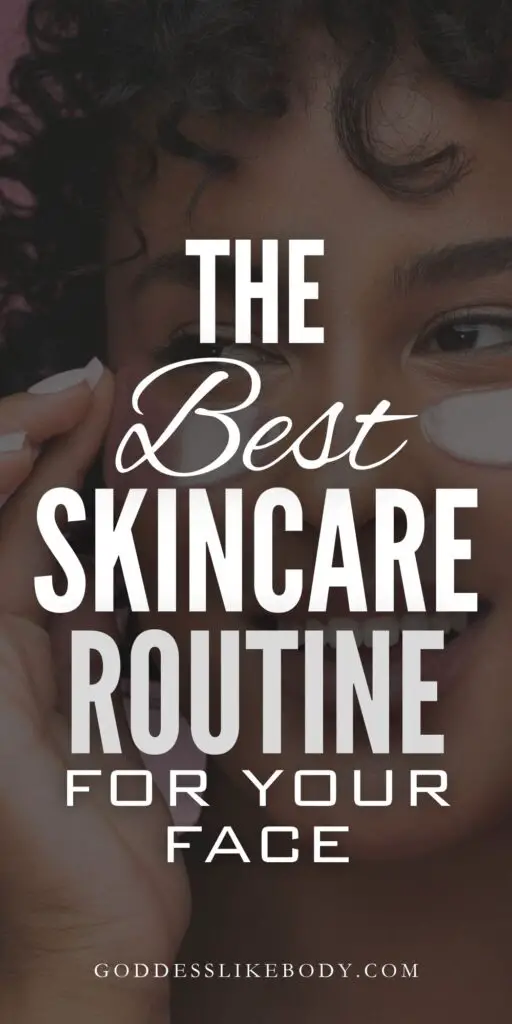

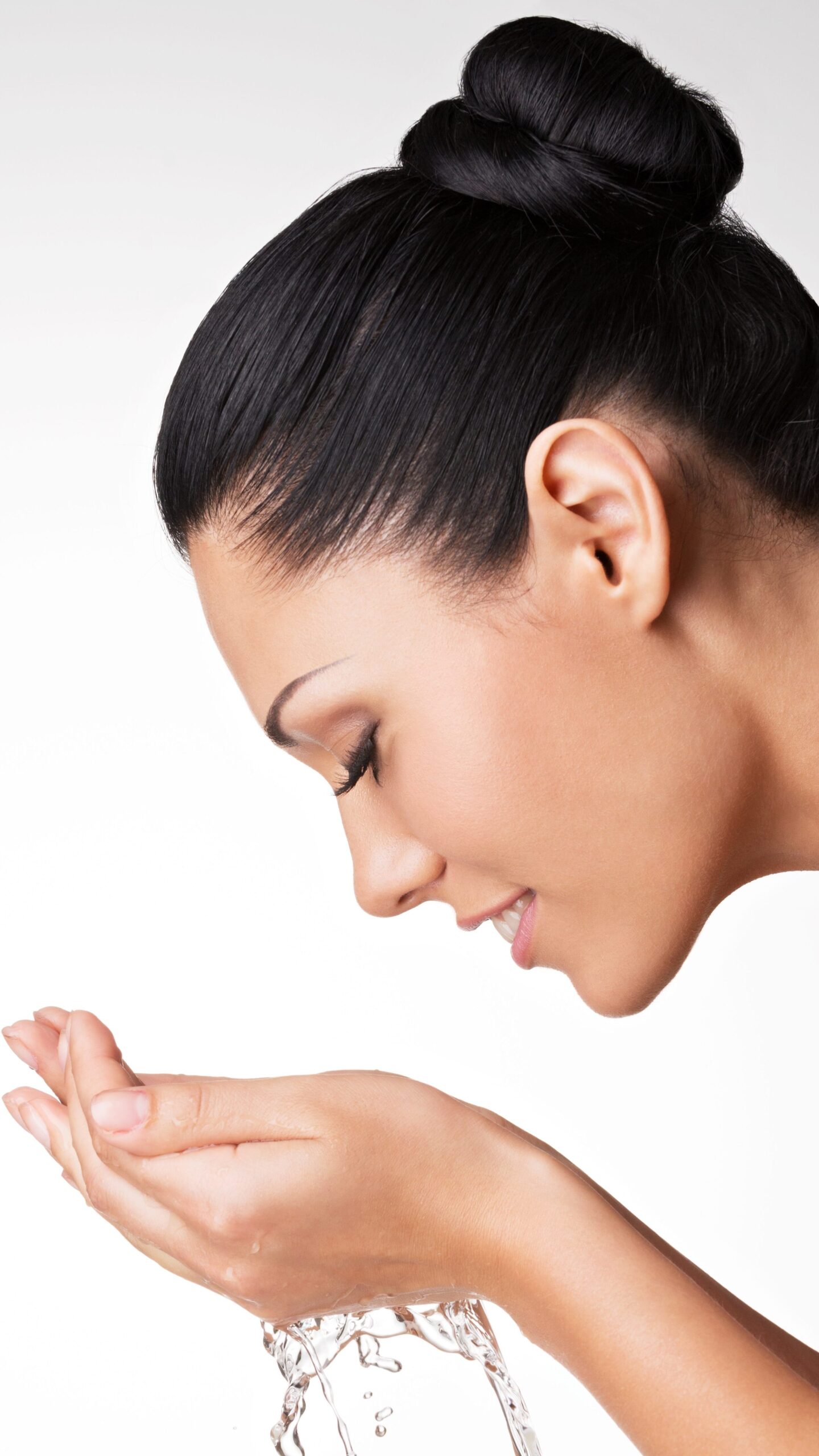
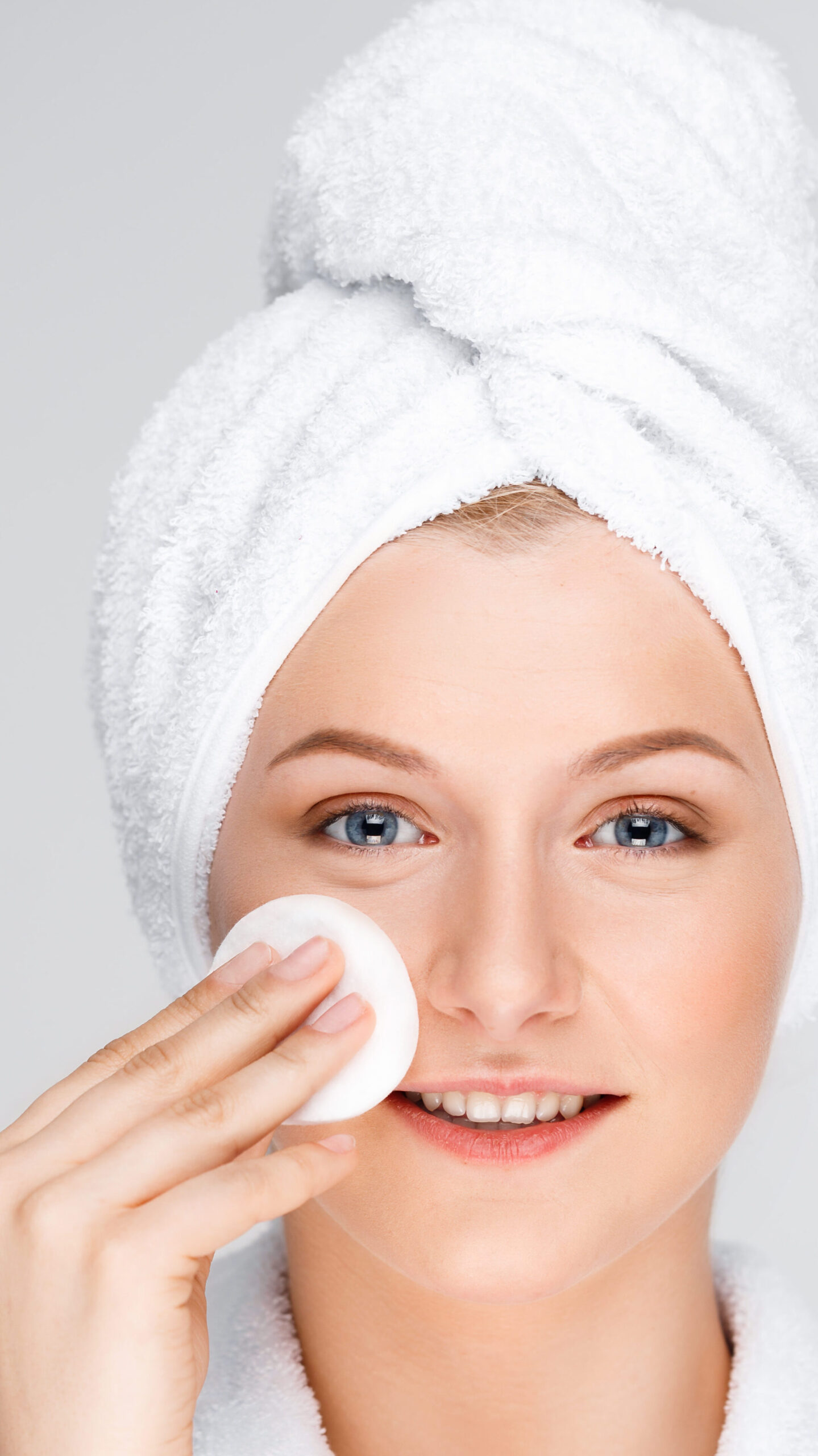
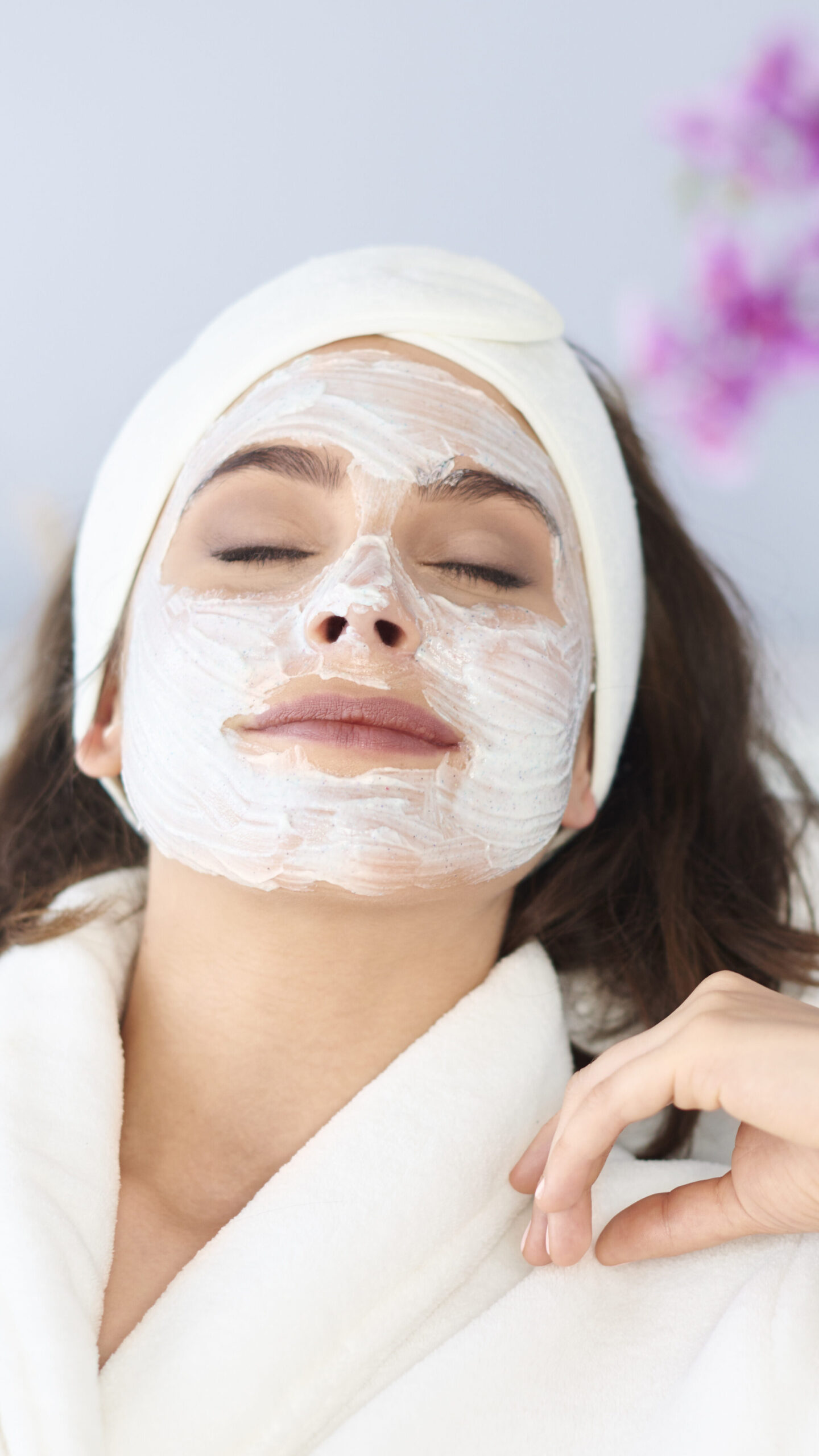

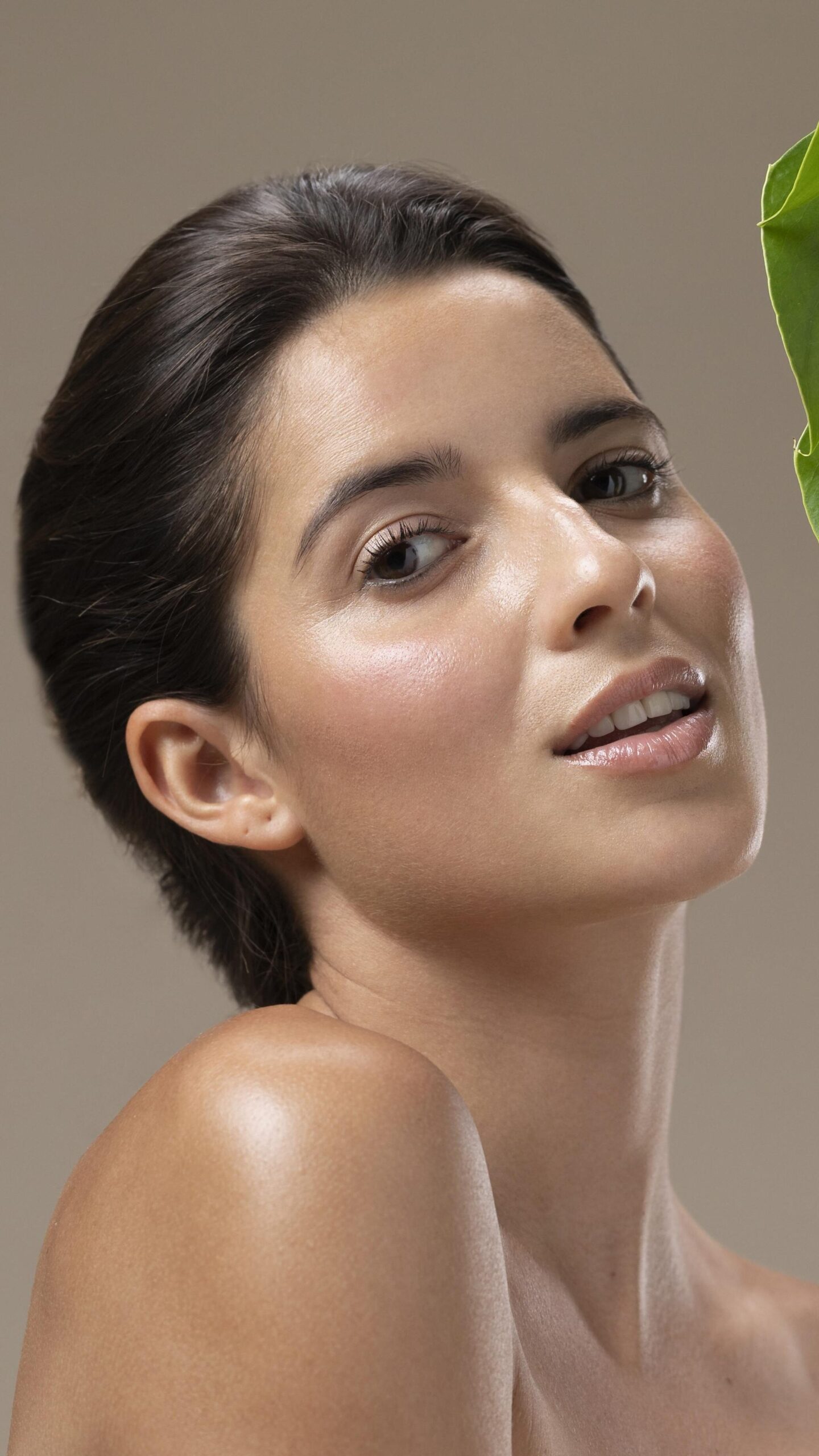
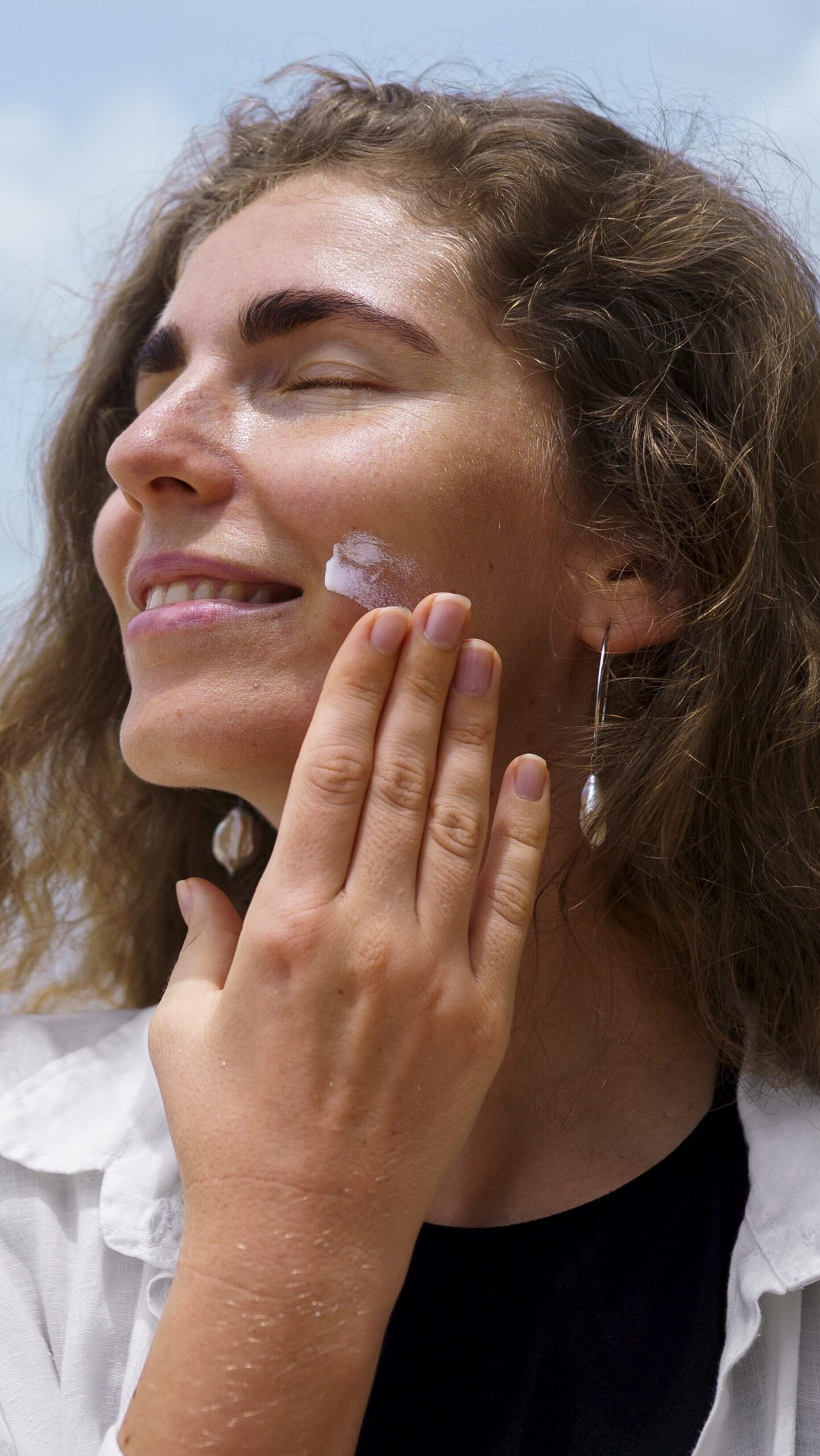


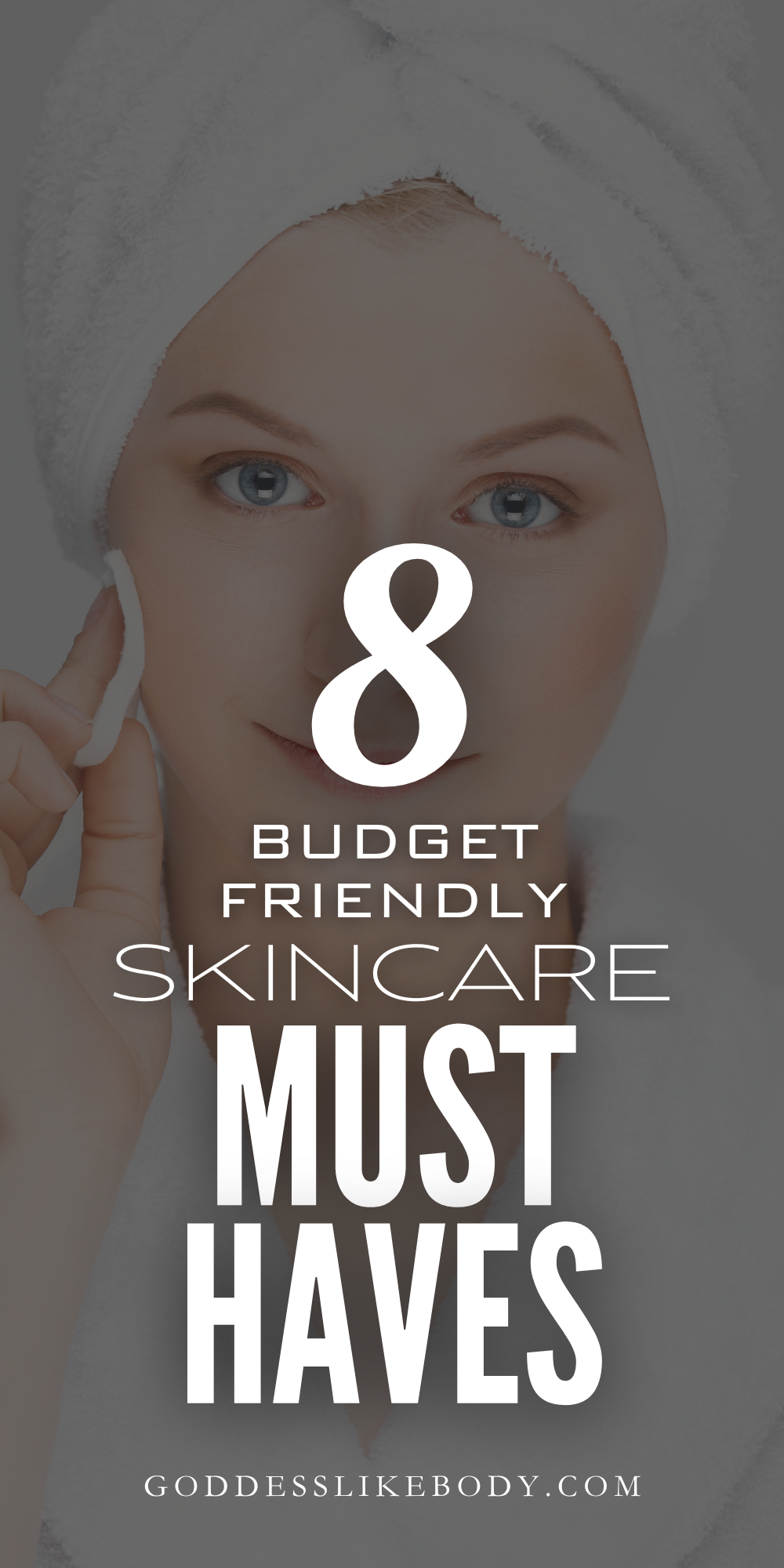
Leave a Reply
You must be logged in to post a comment.